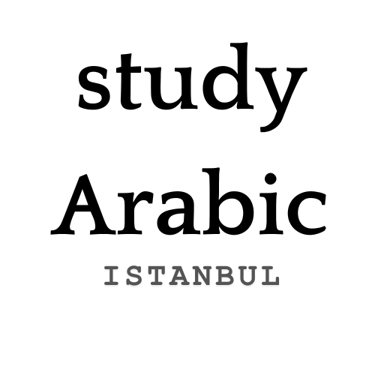The Arabic Learning Journey - the Hardest Battles are for the Strongest Soldiers
Undertaking the study of a challenging language like Arabic requires dedication, resilience, and strategic learning approaches. This rigorous mental engagement not only leads to linguistic proficiency but also fortifies the brain's capacity to handle complex tasks.
1/13/20253 min read


Learning a new language is a journey that challenges the mind, broadens horizons, and enhances cognitive abilities. Among the myriad languages one might choose to learn, Arabic stands out due to its unique script, complex grammar, and rich cultural heritage. While often perceived as more challenging than European languages, this perception is nuanced and depends on various factors, including linguistic background and learning objectives. Moreover, engaging in the study of a complex language like Arabic can lead to significant cognitive benefits, effectively rewiring the brain to tackle complex problems.
Arabic vs. European Languages: A Comparative Difficulty Analysis
The Common European Framework of Reference for Languages (CEFR) provides a standardized method to assess language proficiency across different languages. It categorizes proficiency into six levels: A1 (Beginner), A2 (Elementary), B1 (Intermediate), B2 (Upper Intermediate), C1 (Advanced), and C2 (Proficient) . While the CEFR offers a universal scale, the time and effort required to progress through these levels can vary significantly between languages.
The Foreign Service Institute (FSI) of the U.S. Department of State has classified languages based on the estimated time required for an English speaker to achieve proficiency. European languages such as Spanish, French, and Italian are categorized as Category I languages, requiring approximately 600-750 hours of study to reach proficiency. In contrast, Arabic is classified as a Category IV language, with an estimated 2,200 hours of study needed for proficiency .
This disparity can be attributed to several factors:
- Script and Orthography: Arabic employs a unique script written from right to left, with contextual letter forms, which differs significantly from the Latin alphabet used in most European languages.
- Phonology: Arabic includes sounds that are uncommon in European languages, necessitating the development of new auditory and speech patterns.
- Grammar and Syntax: Arabic grammar features structures such as root-based word formation and dual forms, which are distinct from those in European languages.
While these elements contribute to the complexity of learning Arabic, they also offer a rich and rewarding linguistic experience.
Cognitive Benefits of Learning Complex Languages
Engaging in the study of a linguistically complex language like Arabic can lead to profound cognitive benefits. Research indicates that learning a new language rewires the adult brain, enhancing areas associated with memory, problem-solving, and multitasking .
A study conducted by the Max Planck Institute for Human Cognitive and Brain Sciences found that learning a second language strengthens neural connections in the language network of the left hemisphere of the brain . This neural strengthening enhances cognitive flexibility, allowing individuals to switch between tasks and thought processes more efficiently.
Furthermore, learning a new language has been associated with increased grey matter density in the brain regions responsible for language processing and executive control. This structural change is linked to improved attention, memory, and problem-solving skills .
The Hardest Battles Forge the Strongest Minds
The adage "The hardest battles are for the strongest soldiers" resonates deeply in the context of language learning. Undertaking the study of a challenging language like Arabic requires dedication, resilience, and strategic learning approaches. This rigorous mental engagement not only leads to linguistic proficiency but also fortifies the brain's capacity to handle complex tasks.
Research has shown that adults who engage in intensive language learning can achieve neural activation patterns similar to native speakers, indicating that the adult brain retains significant plasticity . This plasticity enables the brain to adapt to new linguistic structures, enhancing overall cognitive function.
Moreover, the process of learning a complex language involves:
- Enhanced Problem-Solving Skills: Deciphering unfamiliar grammar rules and vocabulary strengthens analytical thinking.
- Improved Memory: Memorising new words and their meanings enhances both short-term and long-term memory.
- Increased Cognitive Flexibility: Switching between languages and cultural contexts fosters mental adaptability.
These cognitive enhancements extend beyond language learning, equipping individuals with the mental tools to navigate and solve complex problems in various aspects of life.
Conclusion
While learning Arabic may present more challenges compared to European languages, it offers unparalleled rewards, both linguistically and cognitively. The journey through its intricate script, rich phonology, and complex grammar not only leads to proficiency in a language spoken by millions but also strengthens the mind, enhancing cognitive abilities that are transferable to numerous life situations.
Embracing the challenge of learning Arabic exemplifies the principle that undertaking difficult tasks can lead to profound personal growth. As the brain adapts and rewires itself to accommodate new linguistic structures, it becomes more adept at handling complexity, ultimately preparing individuals to face and overcome the multifaceted challenges of life.
